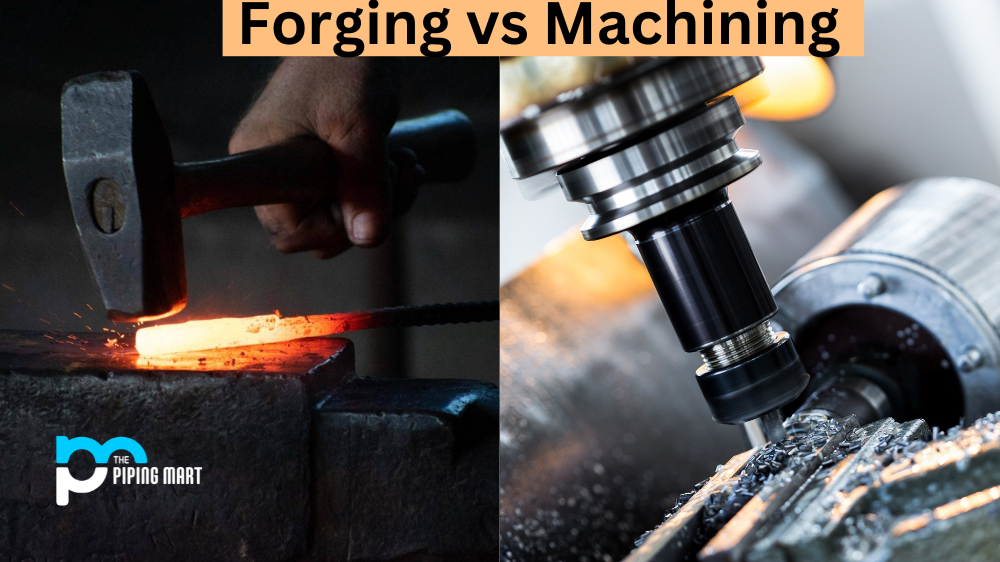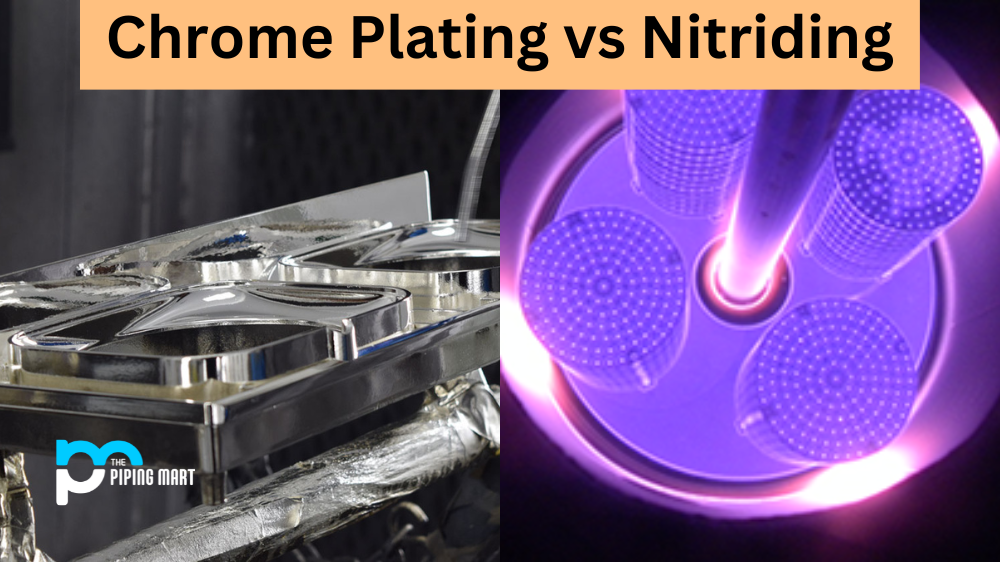Forging and machining are two distinct processes in the manufacturing industry, but they are often confused with one another. In this blog post, we will explore the differences between forging and machining in order to help you make an informed decision about which process is best for your project. Let’s dive in!
What Is Forging?
Forging is a process that uses compressive force to form metal into predetermined shapes. The metal is heated up first and then moulded into shape with a combination of hammering, pressing, or rolling tools. This process is commonly used for parts that require complex geometries or high strength-to-weight ratios, as it can produce parts that are stronger than castings or weldments. Additionally, this method does not require any additional material to be added to the part (such as welding rods), which saves time and money. However, it should be noted that forging is more expensive than other methods due to its labour-intensive nature.
What Is Machining?
Machining is a process where a cutting tool removes material from preformed parts in order to create a desired shape or size. It is most often used for creating precise parts with fine details and tight tolerances. Additionally, it has lower production costs than forging since no additional material needs to be added during the process. However, machined parts tend to have less strength than forged components since they are made from pre-existing materials instead of being formed under compressive force.
Difference Between Forging and Machining
- Forging is a manufacturing process that involves shaping metal using localized compressive forces.
- Machining is a manufacturing process that involves cutting metal using power tools such as lathes and mills.
- Forging typically results in stronger metal than machining.
- Forged metal is often more expensive than machined metal.
- Forging is more versatile than machining, as it can be used to create a wide variety of shapes and sizes.
Conclusion:
To sum up, forging and machining are two distinct processes used in manufacturing with unique advantages and disadvantages. While forging creates stronger parts at a higher cost due to its labour-intensive nature, machining can achieve very precise results at a lower cost without sacrificing too much strength. Ultimately, the choice between these two processes depends on your project’s specific requirements; however, understanding how each one works can help you make an informed decision about which option is best for you!
Meet Heer, a dynamic and driven writer learning tricks of her trade in the metal industry. With a background in Digital Marketing, Heer brings a unique perspective to her writing, sharing valuable insights. Apart from blogging she like reading and hiking.




